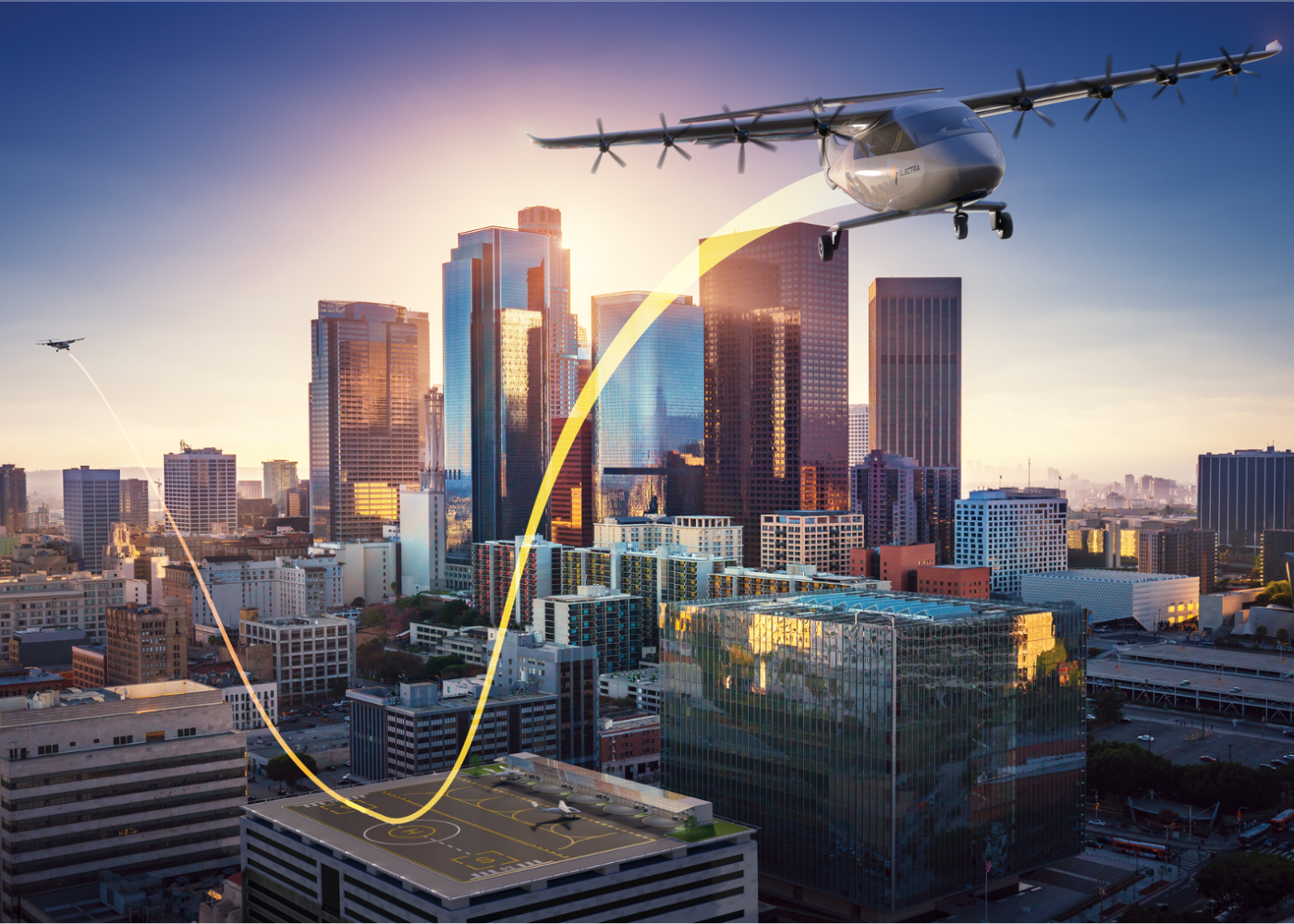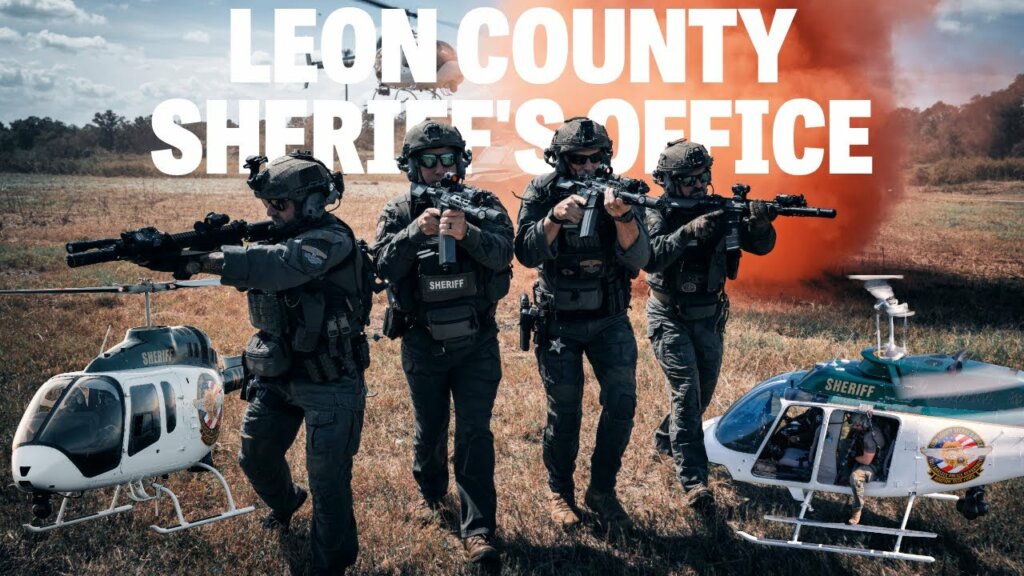Following the recent acquisition of eSTOL developer Airflow, Electra.aero said it plans to consolidate its former competitor’s business under the Electra brand, and integrate Airflow’s team, backlog of letters of intent and strategic partnerships into its own activities. The deal places Electra’s order book at almost 800 units, which it said is beyond break-even for commercial development.

The marriage seemed compatible, as both eSTOL companies were developing blown lift hybrid-electric STOL aircraft, which Electra claims allows it to take off and land on runways as short as 300 feet (91 meters). Electra’s aircraft also includes small turbine-powered generators that can recharge its batteries mid-flight.
While the company said it would not disclose the terms of the acquisition, JP Stewart, vice president and general manager of Electra, shared with eVTOL.com other details about the company’s future plans.
This interview has been edited for length and clarity.
eVTOL.com: Diving right into the acquisition of Airflow, it seemed like the news came pretty suddenly. Should this have come as a surprise to industry? How long have the two companies been discussing the acquisition?
JP Stewart: The early core group at Electra came out of Aurora Flight Sciences, and the early core group at Airflow came from Airbus Vahana. Both teams were building separate eVTOL aircraft at the same time so we’ve known each other for quite a while, but we hadn’t really connected with them regarding eSTOL until this year. As we started talking, we felt that their pitch sounded almost the same as ours and they had the same passion and conviction that we did. We decided that it would be better working on this together under one flag.
eVTOL.com: Can you talk about Airflow CEO Marc Ausman’s new role?
JP Stewart: Marc Ausman has moved over to Electra as the chief product officer. He’s got a very strong aviation background and comes with a really good perspective. Marc was also the chief strategist at Airbus Vahana, so he’s not new to the advanced air mobility world.
He understands the Part 23 airplane world really well, and he’s basically in charge of integrating the customer bases and synthesizing their requirements and feedback into the product definition.
eVTOL.com: Along with Marc, you’ve also acquired some other key people in aviation. How do you see that bolstering Electra’s program?
JP Stewart: On the technical side, certainly, we’ve added some good capability there, especially on the integration and test front. It’s great to have people join who really get what we’re trying to do and believe in it.
eVTOL.com: There are around 350 eVTOL companies right now, and realistically, not all of them are going to be able to build and bring their aircraft to market. Many will likely pool their resources and consolidate. Is what we’re seeing here with Electra acquiring Airflow the start of consolidation in the industry?
JP Stewart: I think there’s a couple of different considerations here. For starters, there aren’t a whole lot of people doing eSTOL like we are, and realistically, many of those 350 companies aren’t actively funded or operating. The larger companies are likely pretty secure for now, and the very small ones likely don’t have significant resources to pool. A lot of those will probably go away through attrition. But I think Electra and Airflow coming together was pretty unrelated to any industry trend in consolidation. We got together principally on the fundamentals of putting two complementary teams together.
eVTOL.com: Can you talk about your strategy when it comes to raising funds? Are there any plans to go public with the company?

JP Stewart: Our objective is to commercialize the airplane, and our approach has been fairly conventional where we incrementally raise money and de-risk the technology and market as we go. Going public is not off the table, but there’s also a lot of other considerations and consequences that come with a decision like that. Ultimately, we’re keeping an eye on the market and the different funding mechanisms, and we’ll pick what makes the most sense at the time given the conditions.
eVTOL.com: Can you talk about some of the strategic partners that you’ve acquired as a result of this acquisition, for example, PlugPower?
JP Stewart: Yes, one of Airflow’s investors was PlugPower (NASDAQ: PLUG). They’re a publicly-traded company focused on hydrogen powertrains, and now with the two teams coming together, we are connecting with PlugPower. This is a part of executing the technology roadmap to understand what the powertrains are going to look like in the future.
Today, we start with a turbine hybrid that operates conceptually like a plug-in hybrid car. Instead of the car engine, we have a small turbine in our airplane — think of something like an auxiliary power unit [APU] in the jet. When combined with our batteries, it gives us the benefits of really high-energy densities of fuel with power from the batteries to really enable practical distributed electric propulsion.
Ultimately, the vision here is to get to net-zero though and we’re watching several technologies on our roadmap, including PlugPower and hydrogen, to achieve this.
eVTOL.com: Let’s move on to your fleet. What can you share about Airflow’s aircraft, and what plans do you have for its development?
JP Stewart: Airplanes in general are complex and must be safe. Building complex and safe systems is expensive and takes a while. As such, we’re going to focus our resources on building one really awesome product airplane first. That product airplane will be a synthesis of the ideas of what Electra had been working on, along with some of the ideas from the Airflow airplane. We haven’t released new product specs and are working with our customers to unify and harmonize the two customer bases and to put together a new single design airplane that we can go forward with together.
eVTOL.com: When can we see a second aircraft added to your fleet?
JP Stewart: We’re not ready to share the full plan on our family strategy yet, but one of the important considerations when you design any airplane is considering how it will grow and evolve — in particular, how it becomes more capable over time — and we’re certainly thinking about that now.
eVTOL.com: Can you talk about markets or potential applications? What are you targeting for this new aircraft?
JP Stewart: Leland Nicolai (a famous Lockheed Martin Skunk Works designer) used to say that the airplane is nothing more than a glorified dust cover for its payload. Ultimately, the airplane doesn’t really care what’s inside of it and airplanes are used in all sorts of different markets.
Our view is to design an airplane that starts by being useful and better on day one in the current world and existing markets — given the current regulatory paradigm, the current air traffic management system, and the current infrastructure that’s available.
As technology, infrastructure, regulation, air traffic management, and public acceptance evolve, we then have interesting capabilities built into the aircraft that make the airplane even better and even more useful — including the ability to access urban areas.
eVTOL.com: As you talk about building an aircraft for the current world and one that the public will come to accept, can you address acoustics as it compares to a typical eVTOL design? Are there any sacrifices you have to make in your design to ensure a low noise profile that’s suitable for urban travel?
JP Stewart: We think we should be on par with eVTOL acoustics but with significantly higher payload and ranges. One of the advantages of short take-off and landing is that while we do have a little bit of ground run of about 150 feet, we actually climb out very steeply. The cabin angle is fairly flat, but the airplane is climbing and descending as steeply as a helicopter. That’s just a function of how the wing and flaps are designed.
It really helps to climb and approach on a steeper angle because that keeps you further away from the ground longer. And the faster you can get away from the ground, the smaller that noise footprint actually works out to be because noise dissipates with distance.
What you don’t typically hear people talking about is most of the eVTOL aircraft take off vertically, but then they have a fairly flat transition, and that actually means that they’re projecting that noise out as they continue that transition.
When combined with the fact that we require less power and thrust than eVTOL or helicopters for take-off and have the same propeller optimization options available as eVTOL, we don’t see any barriers so far that say we won’t be able to achieve the same acoustic performance as eVTOL aircraft. We’ve actually done some work on this with the University of California, Irvine and the U.S. Air Force.

eVTOL.com: Since you mentioned the Air Force, can you go into your work with the Air Force and NASA and what components you’re testing?
JP Stewart: Between the Air Force and NASA, we’re working on a lot of our core technology and sharing the data with them as well. That includes acoustics, blown lift aerodynamics, precision, guidance and control, and the hybrid powertrain.
eVTOL.com: Connected to that, I know the U.S. Army is starting to show an interest in some eVTOL companies. Are there plans for Electra to work with the Army?
JP Stewart: Well, one of our board members is actually General Doug Brown. He’s a retired four-star Army General and former commander of the U.S. Special Operations Command, and we’re working with Doug and others to ensure the Army and, in particular, the Special Forces community’s input is considered in the design. I can’t say much more than that right now, but the airplane offers a lot of interesting capability to that community.
eVTOL.com: What can you say about the potential military applications for Electra’s aircraft?
JP Stewart: What I can talk about is the idea of flexible logistics or “agile combat employment.” This idea is built around a future battlefield which consists of smaller, more agile teams that need more right sized support. They don’t need a V-22 or C-130 sized aircraft to support a few dozen people. You’re talking about a small team that just needs some extra food and supplies, and so an airplane like ours is a phenomenal logistics airplane. After the first few days, these logistics are key to winning wars and this airplane has a lot of capability and flexibility. Additionally, the lower fuel burn is attractive as all of the fuel has to be brought in, and our airplane lowers the logistics burden.
On the Special Forces side, our aircraft have some capabilities that can make them competitive and interesting to Special Forces teams. I can’t say much more on that.
eVTOL.com: Moving on to infrastructure — which has been a big topic of discussion lately — what work is Electra doing in this area to ensure there’s appropriate infrastructure ready to support your eSTOL?
JP Stewart: One of the biggest considerations is that we actually don’t need any special infrastructure to start with. You can take this airplane on day one, go to an airport that already exists, and fly it in and out of there like any other airplane. It’ll just be environmentally friendly, quieter, and cheaper. When you land, you can certainly use sustainable aviation fuels or plug into charging stations if they are available but we don’t need that and you can use widely available jet fuels, too.
As far as future infrastructure for urban eSTOL missions, we’re working with one of our launch customers, Bristow Group, and the FAA [U.S. Federal Aviation Administration] to define the infrastructure and operations approach, as well as Skyportz out of Australia on the infrastructure itself.
eVTOL.com: Lastly, can you touch on your flight test program? Is Electra still on target to begin flight testing its full-scale eSTOL prototype later this year?
JP Stewart: We are still planning to fly our technology demonstrator later this year. The Airflow acquisition has not changed that.








